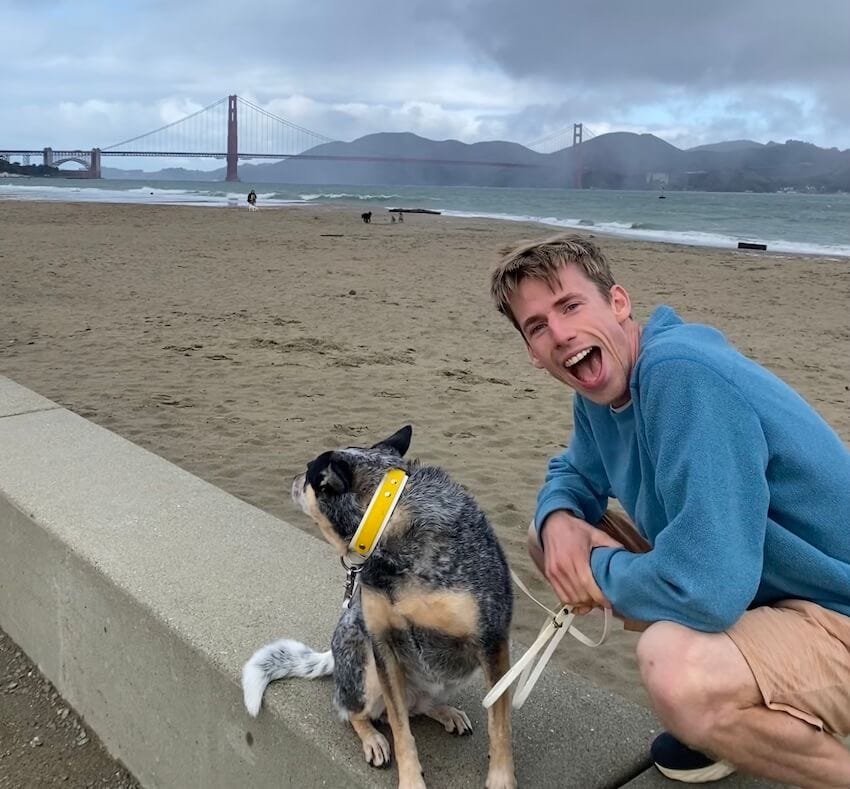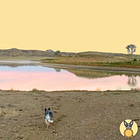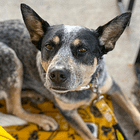Dog park free-for-alls versus off-leash under voice control
Our dogs deserve to move their bodies freely! But treating every off-leash legal area like a designated dog park isn’t cool.

An important complement to my feelings about leash laws (being a responsible dog handler means respecting their legislative intent; everyone deserves to feel safe in shared spaces) are my feelings about off-leash legal areas (we need to provide and protect them; domestic dogs deserve opportunities to move their bodies freely).
In theory, I love trails and beaches and parks where pets are allowed off leash under voice control. We make great use of national forests and BLM-managed spots in life with Scout! On my favorite hikes, our cattle dog is able to trot ahead and zig-zag between scents with no leash inhibiting her sense of adventure. These experiences provide our whole family with so much joy.1
In practice… I hate that most dogs we see in “voice control” areas are not, actually, under control.
What does “under control” mean?
A brief semantic break:
When I talk about having “control” of Scout, it’s not because I yearn to dictate her every move. When I ask other handlers to have “control” of their dogs, it’s not because I think our pets should be suppressed robots. (I hope this is obvious to anyone who’s followed along with me and Scout for even a sliver of time, but I do feel the need to make this distinction, because some dog trainers are obsessed with coercion.)
As my dog’s handler, I have to be in charge of her actions in shared spaces because we live in a human world with human social norms. I can’t expect her to understand my society’s expectations without help—so reasonable control is a necessary part of public respect.
Cool? Cool. Onward!
Not all off-leash areas are free-for-all dog parks
A designated dog park is one thing: Anyone entering that space fully expects to be approached by unfamiliar dogs. You opt in or out accordingly! In a perfect world, these environments (when large enough to allow for natural body language) are where truly dog-social dogs go to interact with other truly dog-social dogs, and the humans on the other end of the leash also enjoy some interpersonal fulfillment, and everyone is happy.
A trail or beach where dogs are allowed off leash but required to be under control is not the same thing. The expectations are different: Here, when asked (or better yet, by default) we ought to be able to reliably recall our dogs away from other people or pets or wildlife or hazards.
Disrespecting off-leash spaces does not create more off-leash spaces
I can’t help but think that one of the issues preventing the creation of more off-leash spaces—which, again, I would love to see!—is how often existing ones are abused. (We witnessed this firsthand in Florida when beaches that once allowed pets with certain guidelines finally threw their hands up and banned them altogether. There were dog bites and trampled sea turtle nests and all sorts of chaos, and honestly? I don’t fault the towns for saying enough was enough.)
Fulfilling our dogs is cool.
Finding safe opportunities to let them explore, untethered, is cool.
Treating every off-leash legal area like a designated dog park is not cool.
I sign off the way I always do when I find myself discussing these very messy, very nuanced, sometimes very heated “off-leash” topics: Slightly sheepish that this is becoming my online brand, mostly sad that we witness troubling encounters so often in our travels, and always holding out hope for a cultural shift where we are, collectively, kinder to both pets and people.
Some related reading
Oh, do I ever have so much to say about balancing what our dogs deserve from us (fulfillment!) with what other people/pets in shared spaces deserve from us (respect!). Here’s an incomprehensive starting list.
See one of my favorite reflections from last fall: My dog is a physical creature.









